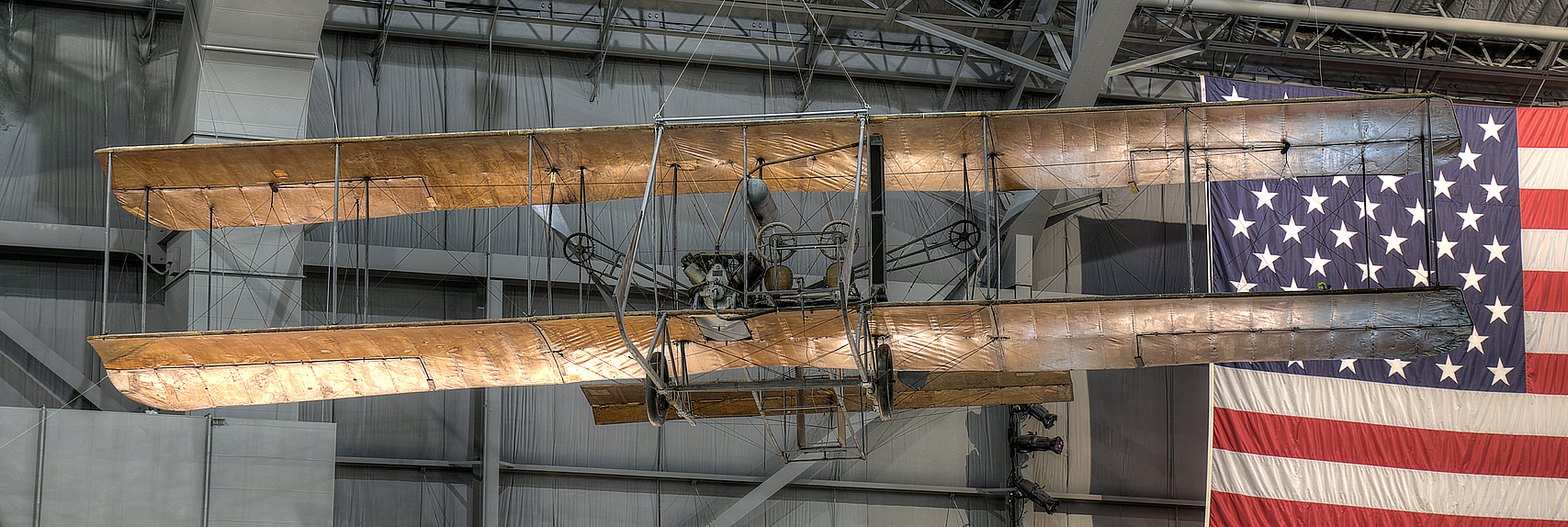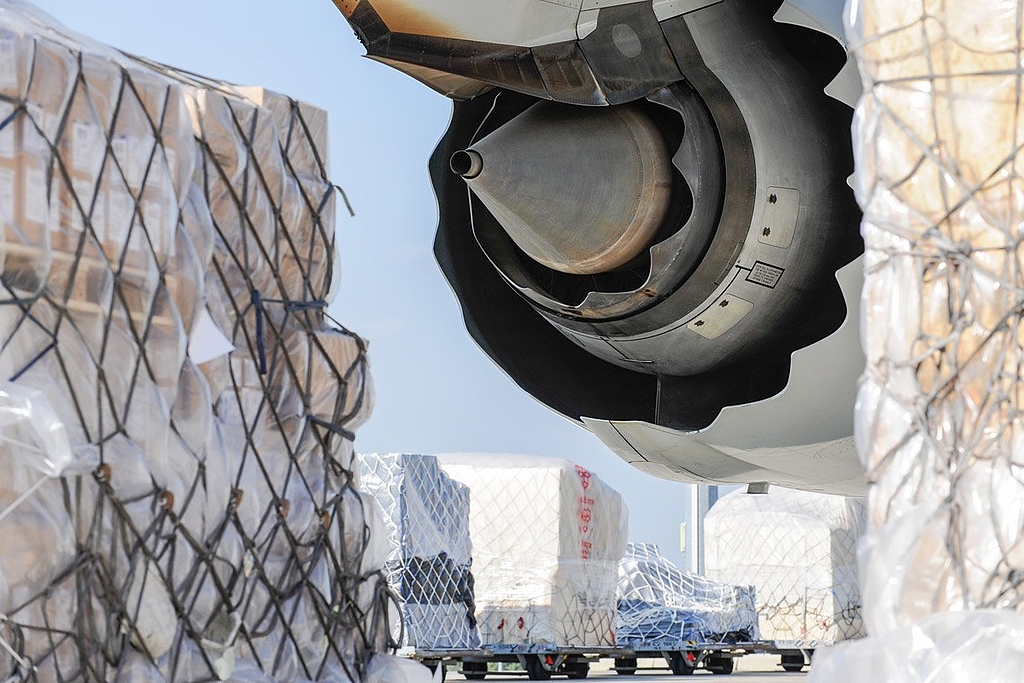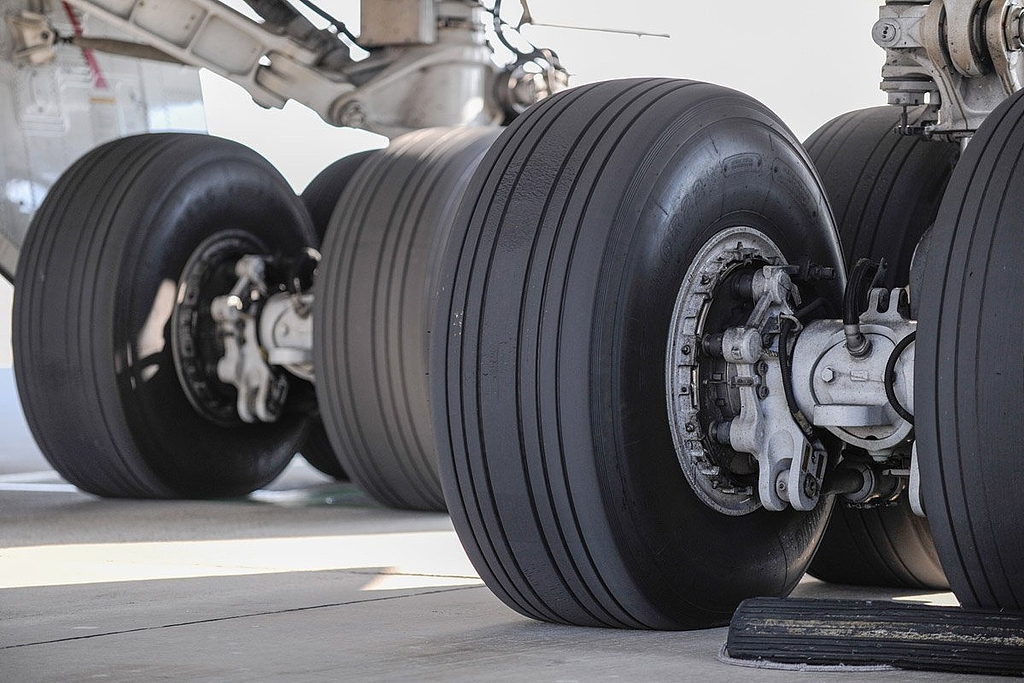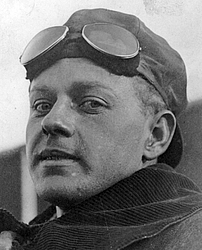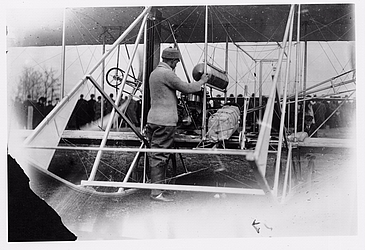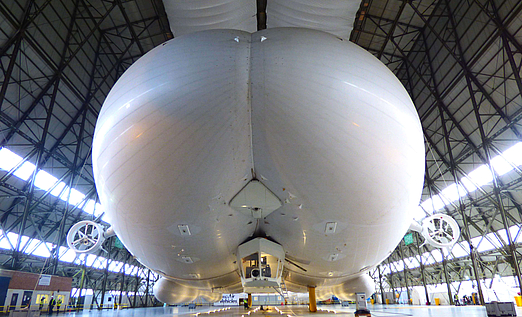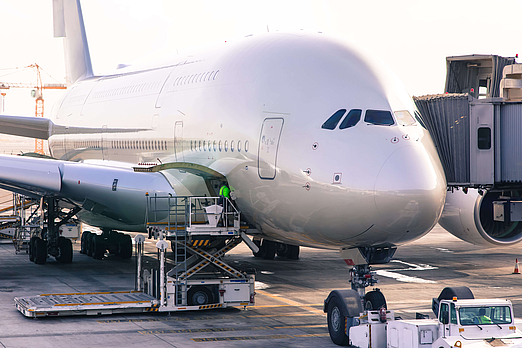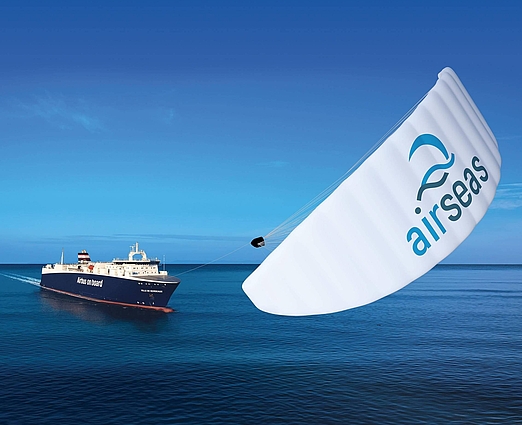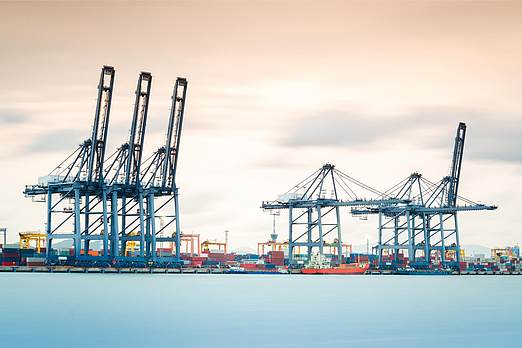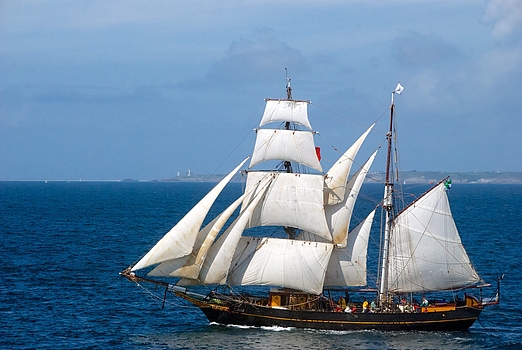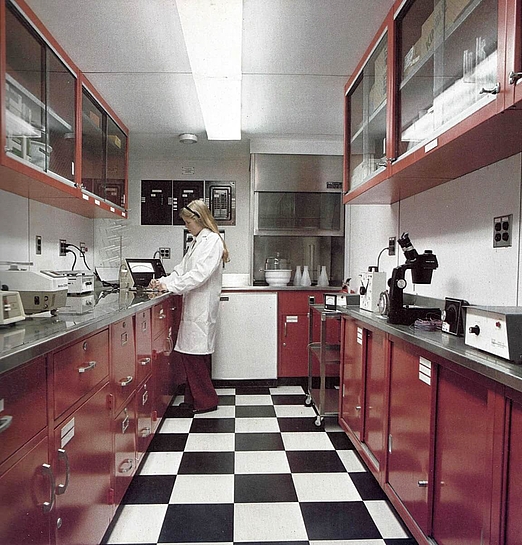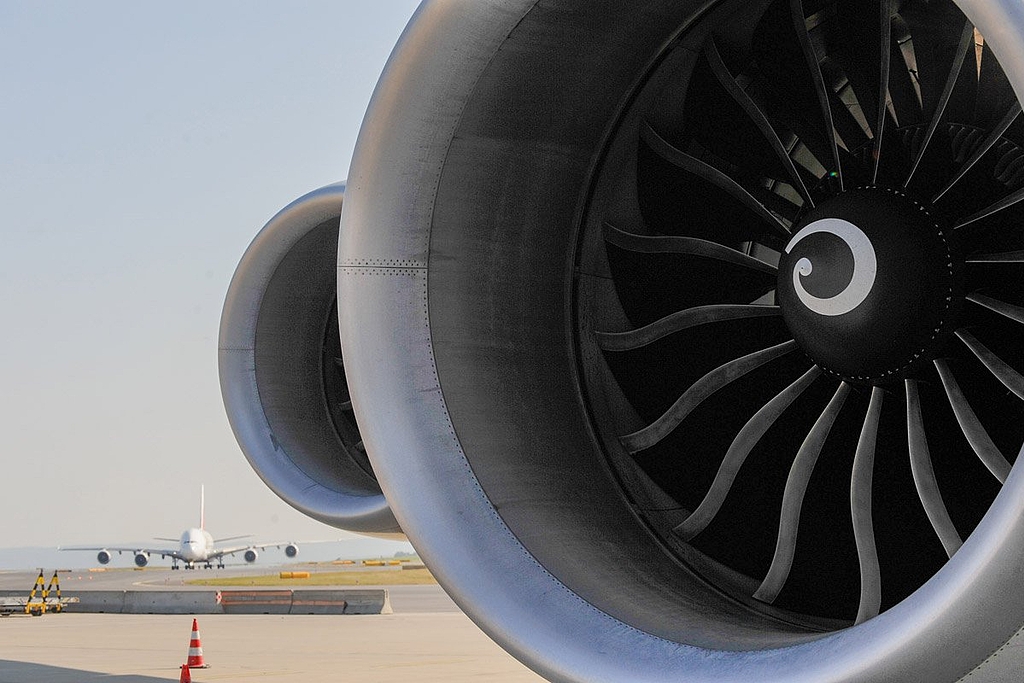The first air freight transport took place in 1910 in Ohio
115 years of air freight – an uneven race and lots of silk
- Facts
Most people would imagine that transporting goods from A to B by airplane is a relatively recent development from the latter half of the previous century. In fact, the age of air freight began many years earlier, and the first transport is now 110 years behind us. On November 7th, 1910, a plane of the famous aviation pioneers, the Wright brothers, took to the skies with a cargo of silk and clearly won a race against an express train in Ohio. This marked the first step of an unbelievable success story. Join us to take a look at the early days of air freight...
